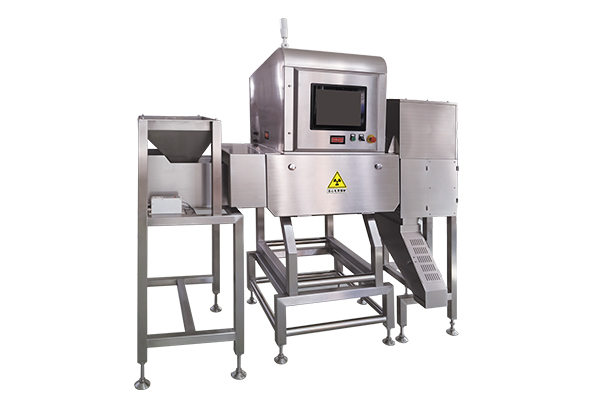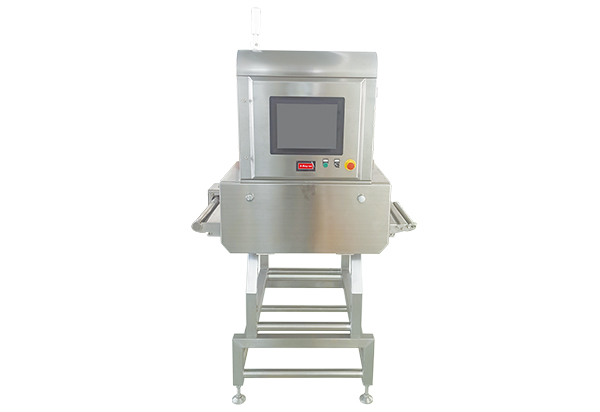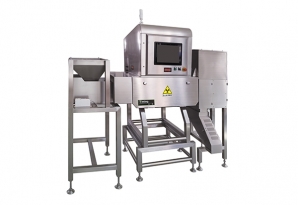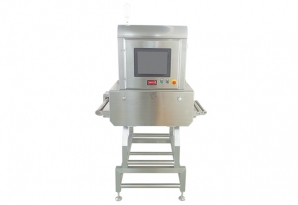X-ray foreign body detector
Taiyiming X-ray foreign object detector is a high-performance X-ray foreign object detector developed based on the unique high-speed processing algorithm of real time and the technical foundation of the Korean electronics industry.
Principle: the absorption rate of different materials in the tested product after X-ray irradiation is different, which is imaged by the detector and converted into image information. The image is represented as a grayscale image. The grayscale of different materials or foreign objects is different, and the foreign objects are separated from the tested product through preset algorithm processing and graphic image technology analysis.
01、X-ray foreign matter detector -- bulk material

02、X-ray foreign matter detector -- package

Advantages of X-ray foreign body detector:
(1) It has a better ability to detect metal foreign matters, and can detect non-metallic foreign matters such as glass in products.
(2) It has good detection ability for metal foreign matters in watery products such as bean paste and sauce.
(3) It has good detection ability for metal foreign matters in aluminum coated snack food, aluminum foil packed dairy products and cooked food products.
(4) The detection ability is not affected by the state of frozen products.
Based on these advantages of the X-ray foreign matter detection system, at present, many grain color sorter enterprises have started to use or discuss whether to use the X-ray foreign matter detection system to further improve the quality of their products.
Taiyiming X-ray foreign body detection system is a product independently developed by Taiming, South Korea. Its products have the following characteristics:
(1) Unique image processing software
(2) Empty machine detection capability and accuracy( Փ Mm): SUS304 ball: 0.3mm, ceramic ball: 1.0mm, glass ball: 1.0mm.
(3) The product design conforms to HACCP standard.
(4) Multiple safety protection design, safe X-ray leakage protection, leakage level less than 1 μ sv/h。
The radiation level of X-rays to products is much lower than the standards set by the World Health Organization.


 Download Center
Download Center Video Center
Video Center (86)0411-87625211
(86)0411-87625211





